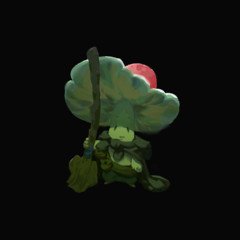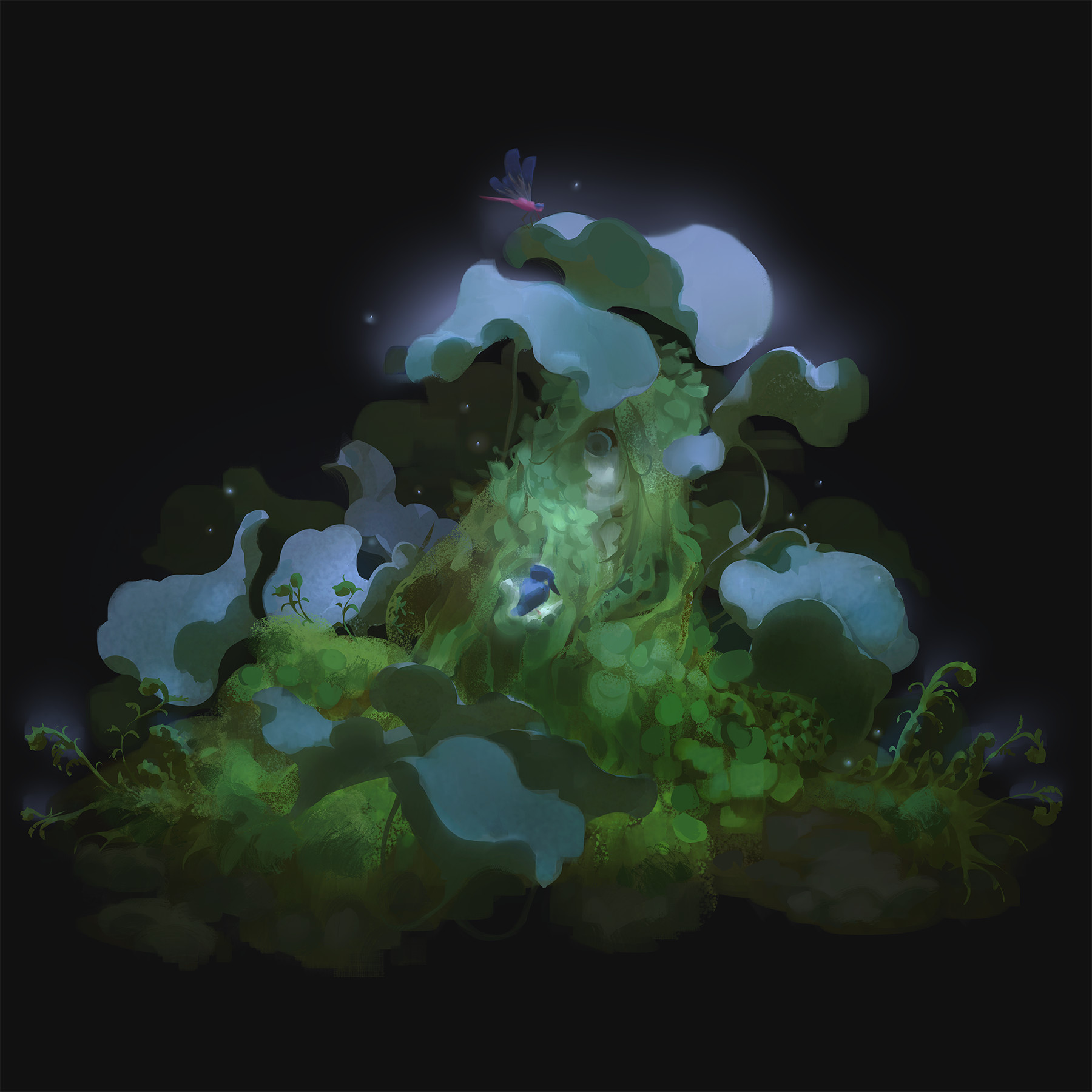Visual Development in Clip Studio Paint with Iris Muddy
For this interview, ArtStation Learning instructor Iris Muddy gave us a behind-the-scenes look at her new course, “Visual Development in Clip Studio Paint.” In addition to discussing how she structured the course, Iris also shared some of her favorite features of Clip Studio Paint and gave us a look at what inspires her when planning a new project.
Iris Muddy is a forest pond creature and freelance vis dev/concept/color key artist working in games and animation. Her curiosity for expressing life’s beauty, stories, and adventures is what drives her.
Behind the course:
I would say that my course is more about the thought process, intentions, and driving forces that occurred to me during the making of this artwork rather than specific techniques or methods. For this reason, I think it is of value for beginner to intermediate-level artists interested in how I and other artists might think about creating stylized imagery and what goes through our minds about the decisions we make, large and small. I don’t consider myself an expert, just a student of life and nature, investigating and expressing. I feel as though this is an especially good time to let each other in on our below-surface-level art thoughts.
Most memorable learning experience?
What I cherish most, and what has taught me the most, has to be the hundreds of hours spent with friends online over the years. Learning and evolving together as artists and people, and making friends who share a sense of curiosity. That’s what I’ve learned through this art journey; the path we travel can take so many different shapes and turns, have setbacks and challenges, but it’s almost meaningless without a sense of community connection.
I have of course also had rewarding/difficult/interesting work situations to overcome in a technical sense that keep me evolving in that way, but I value personal connection and growth above that. At a time where I felt a big disconnect from the art social media world, I moved to a city and country where I felt my first bouts of true loneliness. Among other lessons, this reinforced the value of the bonds I had forged and could form anew within art and outside of art.
Favorite features of Clip Studio Paint?
Years ago, when I first tried Clip Studio, I fell in love with the brush feel, and I still enjoy it so much. The pressure curve can be intricately handled per brush, and color blending is so accessible and organic feeling. There’s just something special about it, so please give it a thorough try if you haven’t yet. It’s fun and natural to paint in, the perfect mix for me of intentional shape design on one end and unexpected texture and results on the other end.
I enjoy switching things up and incorporating some unknown experimental aspects to how I do things, to avoid stagnating and feeling uninterested. Clip helps me feel involved and explorative. There’s a recent update that allows the easiest ever import of Photoshop brushes (just drag and drop), so I’ve been playing with that. Super fun! There are also very useful tools like the perspective ruler function and a nifty poseable human model that a fellow artist friend was showing me recently.
What helps to inspire you when planning a new project?
Through getting to know myself over time and being in touch with which aspects of an idea or project interest me, I visualize and imagine the visual, emotional, or storytelling ‘essence’ that I connect with. It both consciously and subconsciously develops and it becomes interesting to explore different sides of it. However, being a stubborn person, if this feels absent from the start, I don’t have any willingness to fabricate an artificial interest in something. But when it is there, I find that in that natural interest and curiosity zone/flow, various visualizations show up. I make notes or sketches, think of fun ways to interpret it, ask myself questions, think of software or tools to experiment with, look up inspirations that perpetuate it further, etc.
We have a wealth of resources these days, to the point of being overwhelming, so I like to keep the pressure low and think about all this while taking a walk or bike ride or something similar. I try to be very aware of my own feelings of overwhelm and put my wellbeing before some forced need to produce or output results. I resent feeling like a machine, so I find that whatever keeps that fun investigative pure curiosity going inspires me.
1 piece of advice?
It’s of utmost importance to work towards a genuinely healthy balanced outlook so we can enjoy the miraculous world and feel truly connected to other people and things in life.
It’s hard for me not to turn this answer into a nebulous flurry of idealist statements about believing in yourself and the world and overcoming/healing a variety of things. To make it specific and personal… I recently realized that the harsh criticisms I had for myself as a young artist were rooted in past trauma. I was constantly distressed, judging myself and others through that lens of inadequacy and perfectionism. Letting go of that has been extremely freeing and positive. So my advice is that it’s of utmost importance to work towards a genuinely healthy balanced outlook so we can enjoy the miraculous world and feel truly connected to other people and things in life. And have lots of fun!
See more of Iris’s ArtStation portfolio here.
ArtStation Learning courses are included in all ArtStation premium subscriptions. Find out more >
Find more ArtStation Learning Instructor interviews here.



























